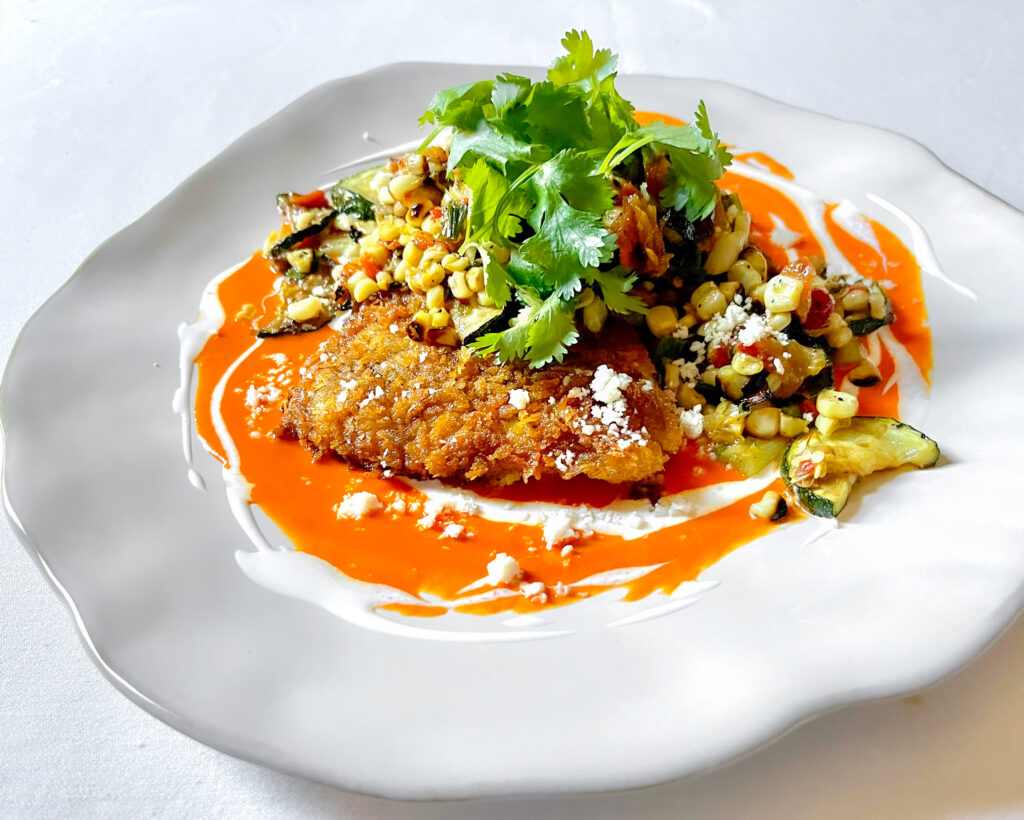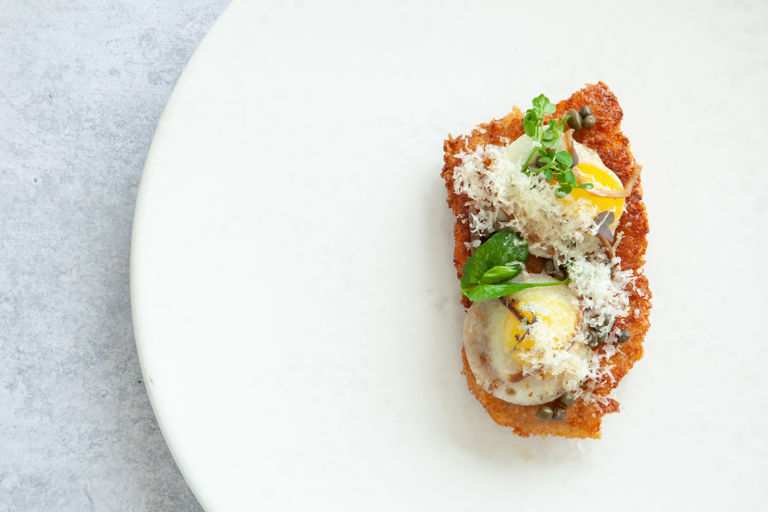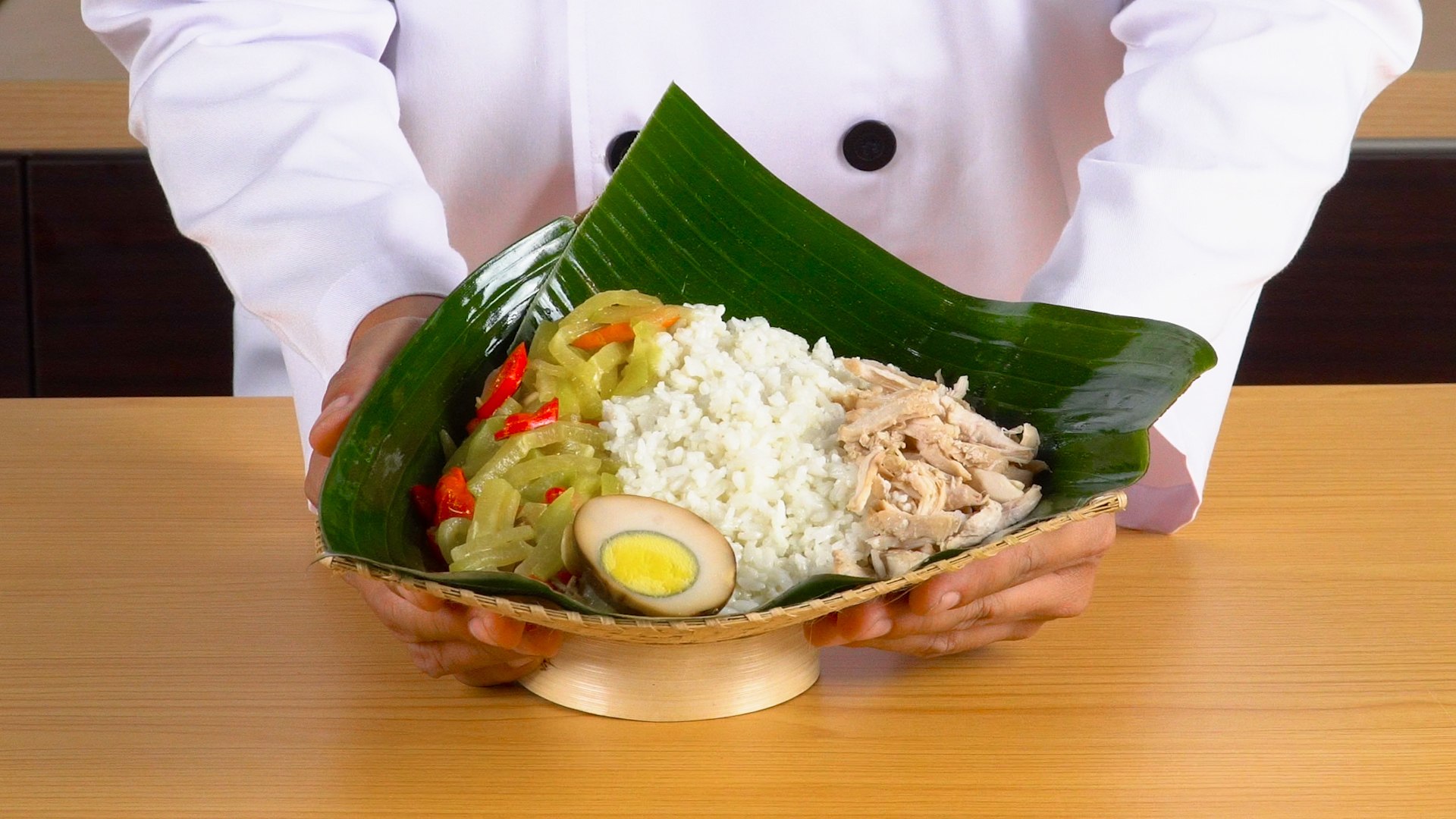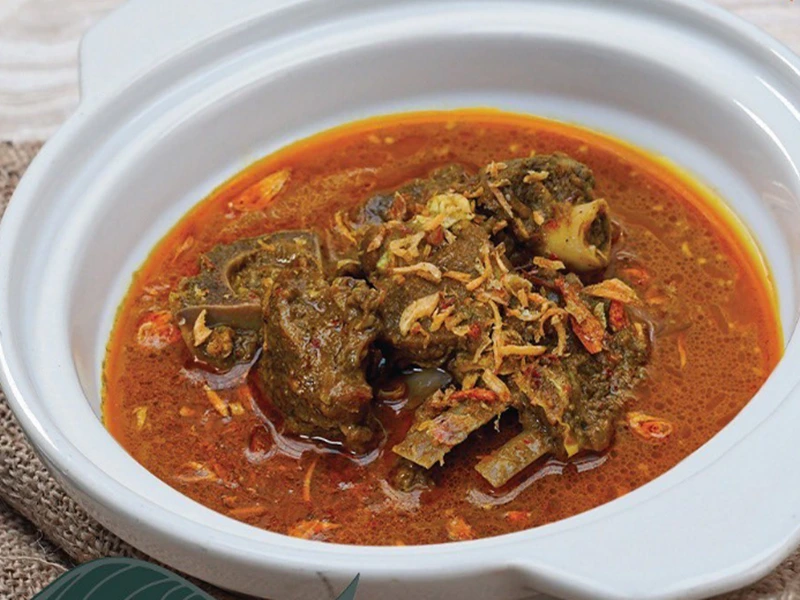Schnitzel, a beloved dish with roots in Austria and Germany, is a breaded and fried cutlet that has become a classic of Central European cuisine. Known for its crispy exterior and tender interior, schnitzel is a comfort food that’s enjoyed around the world. Whether served with a lemon wedge, a rich sauce, or a simple potato side, schnitzel brings together simple ingredients to create an irresistible meal. In this article, we’ll dive into the history, ingredients, variations, and cultural significance of schnitzel in Austria and Germany.
What is Schnitzel?

Schnitzel is a breaded and deep-fried meat cutlet, typically made from veal, pork, or chicken. The meat is pounded thin, seasoned, dipped in flour, egg, and breadcrumbs, and then fried to a golden brown. The result is a dish with a crispy exterior that contrasts beautifully with the tender, juicy meat inside.
Schnitzel is not just a meal but a culinary tradition. Its origins can be traced to the Austrian Wiener Schnitzel (Viennese schnitzel), which remains the most famous variation. While schnitzel is often associated with Austria and Germany, its influence has spread worldwide, from the United States to South America.
The History of Schnitzel
The origins of schnitzel date back to the 19th century, though its roots can be traced further back in European history. The concept of breading and frying meat can be found in various European culinary traditions. However, it is the Wiener Schnitzel, or Viennese schnitzel, that became iconic in Austrian cuisine.
The dish’s exact origins are debated, but it is believed that the concept of schnitzel came to Austria from Italy. Some food historians suggest that the practice of breading and frying meat began in Italy with a dish called “cotoletta alla Milanese”, a breaded veal cutlet from Milan. It’s thought that Austrian cooks adopted the technique and created the schnitzel as it is known today, particularly in Vienna. The dish became an essential part of Austrian and German cuisine, particularly during the Austro-Hungarian Empire, where it was a symbol of imperial culinary sophistication.
The Traditional Wiener Schnitzel
The most famous version of schnitzel is the Wiener Schnitzel, which is traditionally made from veal. The veal is pounded thin, seasoned with salt and pepper, and then coated in flour, egg, and breadcrumbs. The schnitzel is then fried in clarified butter or oil until it reaches a golden brown color. A lemon wedge is typically served alongside, allowing diners to squeeze fresh juice over the schnitzel for added flavor.
In Austria, Wiener Schnitzel is often served with a side of potato salad or lingonberry sauce, but it can also be accompanied by other sides like roast potatoes or braised cabbage.
Schnitzel Variations in Germany and Austria

While Wiener Schnitzel is perhaps the most famous, schnitzel has various regional variations in both Austria and Germany, and each region brings its unique twist to the dish.
1. Schnitzel from Germany (Schweineschnitzel and Hähnchenschnitzel)
In Germany, schnitzel is often made with pork (Schweineschnitzel) or chicken (Hähnchenschnitzel), rather than veal. Pork schnitzel is the most common variety in Germany and is typically served with traditional sides such as sauerkraut, potato salad, or French fries. It’s often paired with brown gravy or mushroom sauce for added richness.
2. Jägerschnitzel (Hunter’s Schnitzel)
A popular variation of schnitzel in Germany is Jägerschnitzel, which translates to “hunter’s schnitzel.” This variation is served with a mushroom gravy made from sautéed mushrooms, onions, and a rich, flavorful sauce. The earthy, savory flavor of the mushrooms complements the crispy schnitzel beautifully.
3. Zigeunerschnitzel
Another German variation is Zigeunerschnitzel which is served with a tangy, sweet, and spicy bell pepper sauce that includes tomatoes, onions, and paprika. This variation adds a bit of heat and depth of flavor to the traditional schnitzel.
4. Schnitzel Wiener Art (Schnitzel in the Wiener Style)
In Germany, schnitzels made from pork or chicken can be labeled Schnitzel Wiener Art, meaning “schnitzel in the Viennese style.” It is prepared similarly to Wiener Schnitzel but with a different type of meat. Though it is still a breaded and fried cutlet, it can be served with various accompaniments.
5. Cordon Bleu
A delicious twist on the traditional schnitzel is the Cordon Bleu. This variation involves stuffing the schnitzel with ham and cheese, then breading and frying it. The melted cheese inside provides a creamy contrast to the crispy crust, making it a popular dish in both Austria and Germany.
How to Make Schnitzel at Home
Making schnitzel at home is relatively simple but requires attention to detail to achieve the perfect crispy coating. Here’s how you can prepare a classic schnitzel:
Ingredients:
- 4 veal, pork, or chicken cutlets (about 1/2 inch thick)
- Salt and pepper to taste
- 1 cup all-purpose flour
- 2 large eggs, beaten
- 1 1/2 cups breadcrumbs (preferably panko for extra crunch)
- 1/2 cup clarified butter or vegetable oil for frying
- Lemon wedges for serving
Instructions:
-
Prepare the Meat: If using veal or pork, use a meat mallet to pound the cutlets thin, about 1/4 inch thick. Season with salt and pepper on both sides.
-
Dredge the Meat: Set up a dredging station with three shallow plates: one with flour, one with beaten eggs, and one with breadcrumbs. Dip each cutlet first in the flour, shaking off any excess. Then dip it in the egg, letting any excess drip off, and finally coat it in the breadcrumbs. Press down gently to ensure an even coating.
-
Fry the Schnitzel: Heat the clarified butter or oil in a large skillet over medium-high heat. Once hot, add the cutlets and cook for 2-3 minutes per side, or until golden brown and crispy. Avoid overcrowding the pan; you may need to fry the schnitzels in batches.
-
Drain and Serve: Once cooked, place the schnitzels on a paper towel-lined plate to drain any excess oil. Serve immediately with a lemon wedge for squeezing over the schnitzel and your favorite side dishes.
Schnitzel in Popular Culture
Schnitzel is not only a central part of Austrian and German cuisine but also plays a role in popular culture. In both countries, schnitzel is commonly served in homes, restaurants, and beer gardens, and it is often enjoyed during festivals or family gatherings. Its comforting, satisfying nature makes it a favorite among people of all ages.
Schnitzel has also made its way to many other countries, especially in places like the United States, where it’s often served in German-themed restaurants or as part of Central European menus. The dish has become a symbol of homey, traditional cooking and is cherished for its versatility and ability to be paired with a wide range of sides.
Conclusion
Schnitzel, with its crispy coating and tender meat, is a dish that has become a cherished part of both Austrian and German culinary traditions. Whether you’re enjoying a classic Wiener Schnitzel, a hearty Jägerschnitzel with mushroom sauce, or a creative Cordon Bleu, schnitzel continues to delight food lovers around the world. With its simplicity, versatility, and rich history, schnitzel remains a timeless favorite in homes and restaurants alike. So, next time you’re craving something deliciously crispy danatoto and comforting, make sure to enjoy a schnitzel—an iconic dish that has stood the test of time.




